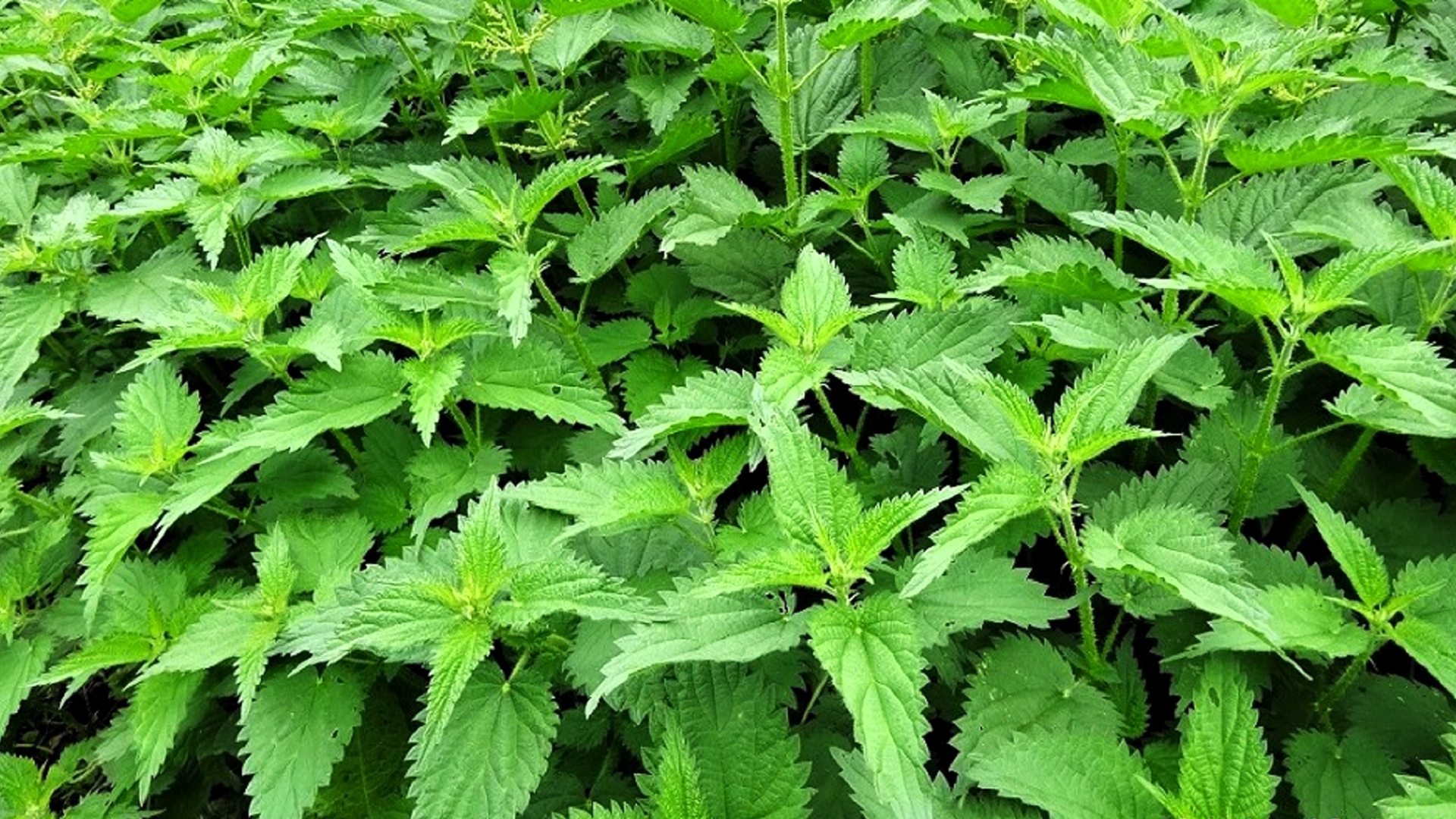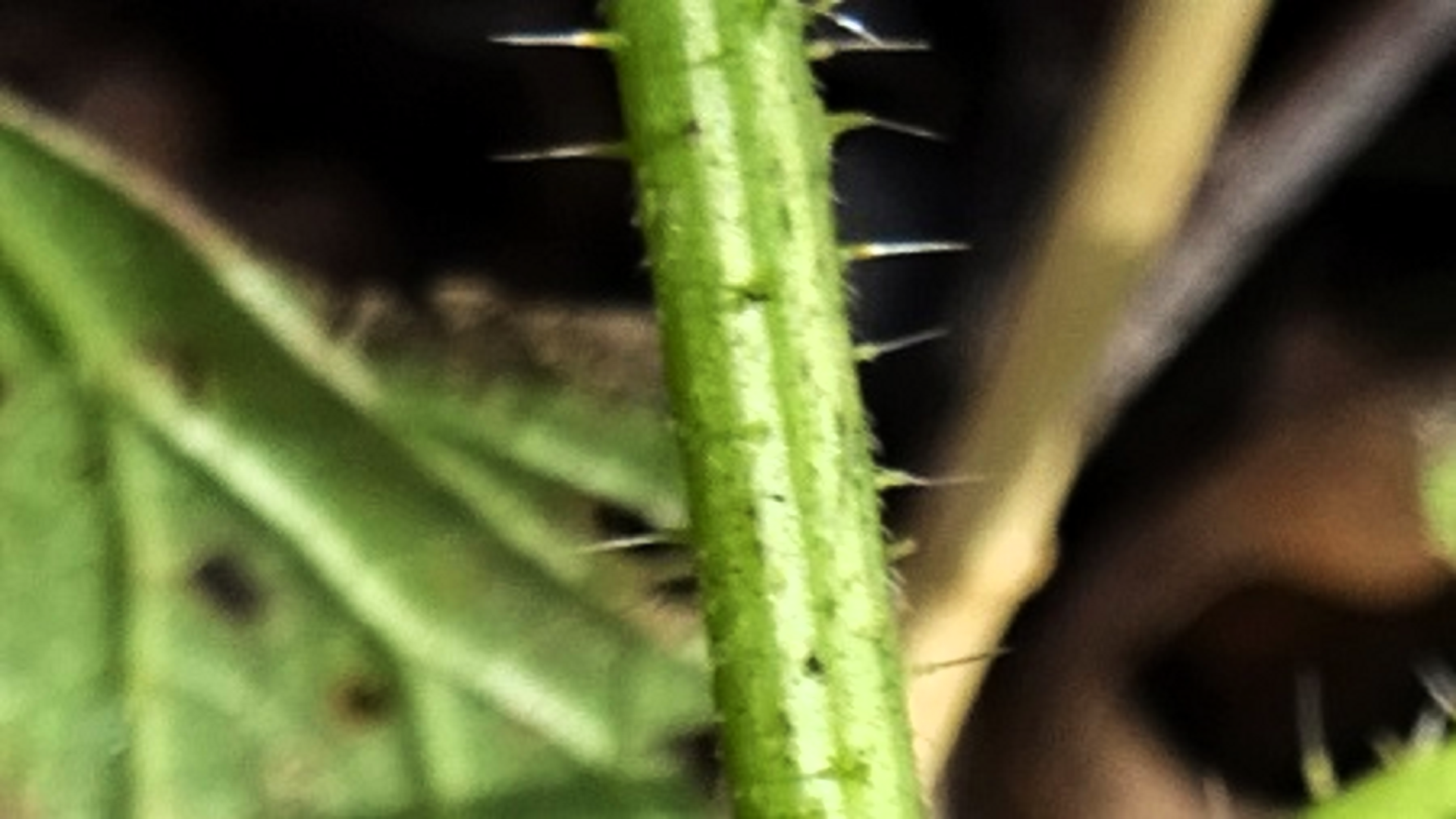WILDFLOWERS
NETTLE FAMILY
Common Nettle
Urtica dioica is one of the most crucial native plants for British wildlife, supporting over forty insect species, including some of our colourful butterflies such as the Peacock and Small Tortoiseshell. This tall perennial often found on disturbed ground is also known by the name 'Stinging Nettle' because of stinging hairs along the stem. Insects can travel between the stingers without activating the sting so nettles help with their survival. Grazing animals are often deterred by the stings meaning there is less chance of insect larvae ending up in mammal stomachs.
Aphids are found in huge numbers on nettle leaves providing a vital food source for ladybirds and blue tits. Many gardeners make the mistake of strimming nettles too early in the summer destroying valuable insect life in the process. Nettles produce a large quantity of seed which helps sustain many of the seed-eating birds during late summer and autumn. The plants have short-stalked, toothed leaves growing in opposite pairs. The flowers appear from June to September in the form of catkins; male and female catkins grow on different plants.
© hainaultforest.net. All rights reserved.



